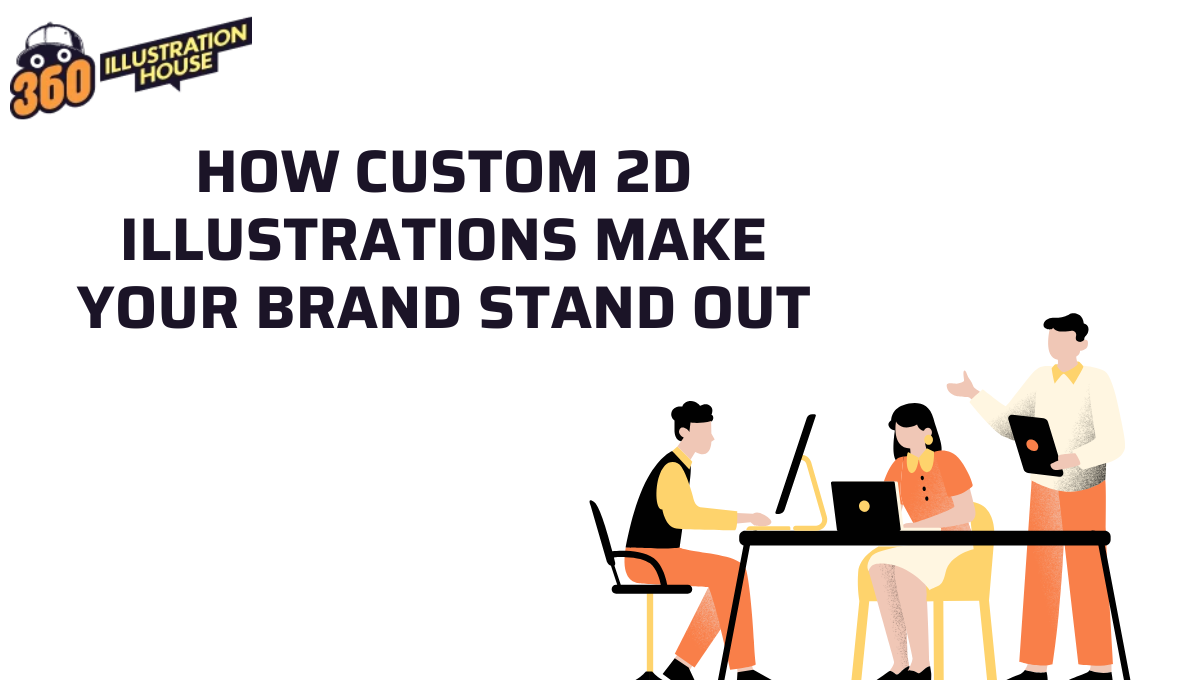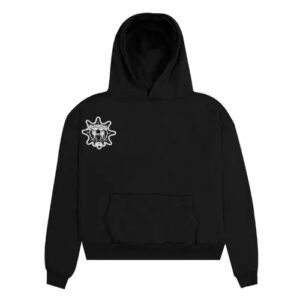The fashion world is evolving faster than ever. With digital design tools, virtual try-ons, and AI-generated clothing collections becoming mainstream, designers today create more intellectual property (IP) than previous generations combined. However, this digital evolution also brings serious concerns—design theft, counterfeit products, copyright disputes, and unauthorized reproductions.
This is where blockchain technology steps in—offering an unalterable, transparent, and decentralized system to secure ownership, track provenance, and protect the creative IP of designers. As digital fashion, 3D garments, and virtual clothing marketplaces grow, blockchain is becoming an essential part of modern fashion design software.
In this blog, we explore how blockchain is transforming the industry, why fashion brands are adopting it, and how a blockchain app development company and a clothing design software development company can help you build future-ready solutions.
Why Blockchain Matters in Fashion Design Today
Fashion is one of the most affected industries when it comes to design duplication and counterfeiting. Designers upload sketches, patterns, 3D models, and digital garments to multiple platforms—making it easy for others to replicate their work.
Key challenges include:
- Design plagiarism in global digital markets
- Counterfeit products entering the supply chain
- Lack of proof of creation/ownership for digital designs
- Difficulty tracking the origins of textile and garment production
- No global registry for fashion-related intellectual property
Blockchain solves these challenges by creating:
1. Immutable Design Ownership Records
Once a design is registered on blockchain, it cannot be modified or erased. This gives designers a permanent proof of creation and time-stamped copyright verification.
2. Secure Digital Fashion Asset Tracking
Whether it’s a 3D garment model or a pattern, blockchain tracks every version and usage history.
3. Transparent Supply Chain Authentication
Brands can prove that a garment is genuine, sustainable, and made at the stated location.
4. Global IP Protection Without Legal Complexities
Blockchain provides decentralized, borderless verification—something traditional systems lack.
In a hyperconnected digital world, blockchain is no longer optional—it’s becoming foundational for fashion design software.
How Blockchain Integrates With Fashion Design Software
Modern digital fashion platforms—especially those built by an advanced clothing design software development company—are increasingly adding blockchain-backed features. These capabilities strengthen user trust, prevent theft, and give businesses a technological edge.
Here are the top ways blockchain is transforming clothing design tools:
1. Blockchain-Based Design Registry (Proof of Ownership)
Every design—sketch, CAD file, 3D model, or fabric pattern—is assigned a unique cryptographic hash and stored on blockchain.
This provides:
- Timestamped proof of ownership
- Unchangeable copyright records
- Instant IP verification anytime
Designers no longer need to fear plagiarism. If a dispute occurs, blockchain data acts as legal evidence.
2. Tokenization of Fashion Designs (NFTs for Fashion)
Blockchain enables tokenizing digital garments—turning them into NFTs or digital assets with verifiable ownership.
Fashion NFTs have already entered mainstream markets through virtual fashion shows, metaverse platforms, and digital clothing sales.
Use cases include:
- Selling digital outfits for avatars
- Licensing designs to brands
- Creating limited-edition digital collections
- Offering exclusive access or royalties
A skilled blockchain app development company can help fashion brands build NFT marketplaces, digital fashion ecosystems, or token-based licensing platforms.
3. Fabric & Material Authenticity Verification
Sustainable fashion requires transparency. Blockchain allows end-to-end material provenance tracking:
- Where the fabric was sourced
- Whether it’s organic, recycled, or eco-friendly
- Which factory processed it
- How it moved across the supply chain
Consumers can scan a QR code to verify authenticity.
This not only fights counterfeits but also promotes sustainability—a powerful differentiator in today’s market.
4. Blockchain-Enabled Licensing & Royalty Tracking
Many designers license their work globally. Blockchain automates:
- Licensing agreements
- Royalty distribution
- Usage tracking
- Global enforcement
Smart contracts ensure:
- Payments are automatic
- No middlemen
- No delayed royalties
- Accurate tracking of who used which design
This protects designers while simplifying brand operations.
5. Protecting AI-Generated Fashion Designs
With the rise of generative AI in fashion, the line between original and AI-generated work can blur.
Blockchain provides:
- Transparent record of AI-generated outputs
- Copyright ownership assignment
- Traceability for every version generated
- Proof of training data sources
This helps protect both designers and AI-driven fashion studios.
Benefits of Using Blockchain in Fashion Design Software
Integrating blockchain into clothing design platforms unlocks powerful advantages:
1. Guaranteed IP Protection
Design theft becomes nearly impossible when every file is time-stamped, encrypted, and stored immutably.
2. Increased Trust Between Brands, Manufacturers & Consumers
Blockchain makes the supply chain traceable—instantly verifying authenticity.
3. New Revenue Streams Through Digitization
Blockchain allows designers to monetize:
- NFTs
- Digital outfits
- Exclusive design licenses
- Avatar clothing for virtual worlds
4. Reduced Counterfeiting Risks
Every product and design carries a verifiable blockchain identity.
5. Automation Through Smart Contracts
Tasks like licensing, usage tracking, and payments become automated.
6. Globally Accessible IP Registry
No dependence on country-specific legal systems—blockchain works universally.
Real-World Use Cases
High-Fashion Brands
Luxury brands use blockchain to authenticate premium products and protect exclusive designs.
D2C Fashion Startups
Small designers use blockchain to prove originality and build trust with buyers.
Digital Fashion Platforms
3D fashion marketplaces tokenize designs and provide blockchain-based proof of ownership.
Sustainable Apparel Companies
Eco-friendly brands track materials on-chain to prove sustainability claims.
How a Blockchain App Development Company Can Help
To implement blockchain effectively, fashion companies need a development partner that understands:
- Smart contract development
- NFT ecosystem creation
- Secure digital asset management
- Blockchain integration with design software
- Supply chain tracking solutions
A strong blockchain app development company can build:
- NFT-enabled fashion design platforms
- Blockchain-backed IP protection registries
- Smart contract-based licensing systems
- Authenticity + supply chain tracking tools
These solutions future-proof fashion businesses in a digitally evolving world.
How a Clothing Design Software Development Company Supports Blockchain Integration
The right tech partner can integrate blockchain into existing or new fashion design tools without disrupting workflows.
Capabilities include:
- Designing custom CAD tools with blockchain recording
- Building 3D garment design platforms with on-chain version control
- Integrating blockchain with AI-powered fashion design engines
- Creating mobile or desktop design apps with IP protection features
- Implementing on-chain fabric/material traceability
Together, blockchain and clothing design technologies create a powerful ecosystem for secure, innovative, scalable fashion design.
The Future of Blockchain in Fashion Design
By 2026 and beyond, blockchain will play a major role in fashion:
✔ Digital fashion and NFT collections will become mainstream
Virtual clothing is already trending across gaming, metaverse platforms, and AR try-ons.
✔ Smart factories will rely on blockchain for transparent production
Every garment will have a digital identity.
✔ AI-generated fashion will require blockchain-based IP frameworks
Ensuring ownership and legality becomes essential.
✔ Designers will use blockchain for self-protecting portfolios
No more copyright disputes or lost claims.
Fashion is moving toward a digitally verified, transparent, and secure future—and blockchain is the foundation enabling it.
Conclusion
Blockchain is redefining how fashion designs are created, protected, and monetized. Whether it’s safeguarding digital sketches, verifying supply chain origins, or selling NFT garments, blockchain offers unmatched transparency and security.
For brands looking to innovate, partnering with a blockchain app development company and a clothing design software development company is the fastest way to implement powerful blockchain-backed features that boost trust, enhance IP protection, and unlock new digital revenue streams.











Leave a Reply